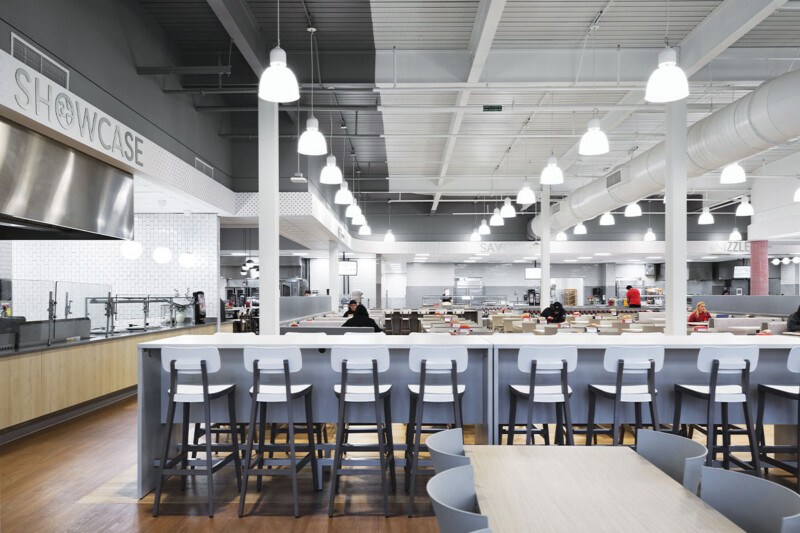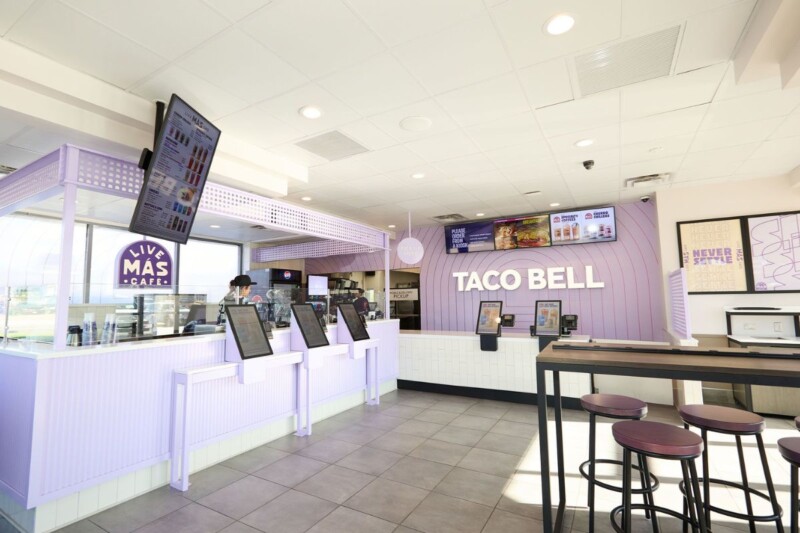College and University Dining Operations Retool to Meet Safety Standards
Operators prepare to reopen with creative service models that put safety first.
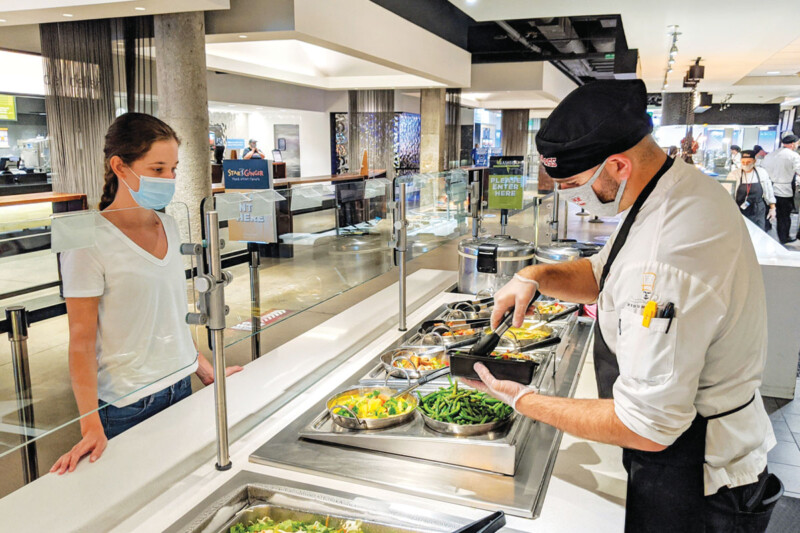
With COVID-19 causing colleges and universities to close nationwide, campus dining was left in the dust.
“The segment has been hit hard by the pandemic … with most campuses shutting down for spring and summer and pivoting to virtual instruction,” says Kathryn Fenner, principal at Technomic. “This fall, most campuses appear to be planning for on-campus instruction, but [are] exploring a variety of options, including a mix of on-site and virtual instruction.” In response, dining departments are hustling to retool operations to meet safety standards while still offering students and faculty the value and variety they’ve become accustomed to on campus.
The Growth Forecast
Before the pandemic, Technomic forecasted nominal growth—a 3.3% compound annual growth rate through 2024 (based on operator purchases). Post-pandemic, Technomic has revised the CAGR to 2.1% for 2019-2024, Fenner says, estimating that it will decline about 40.4% in 2020 before recovering.
Tracy Lawler, president of JGL Food Service Consultants, says she anticipates a reduction in students’ demand for foodservice this school year. “Students with on-site kitchens or the ability to purchase from the street [may] seek variety elsewhere,” she says. She thinks future growth will depend on the availability of a COVID-19 vaccine or treatment. “Once [they] are back to a normal operating environment, we foresee continued growth because dining is increasingly considered an important amenity and recruiting tool,” Lawler says.
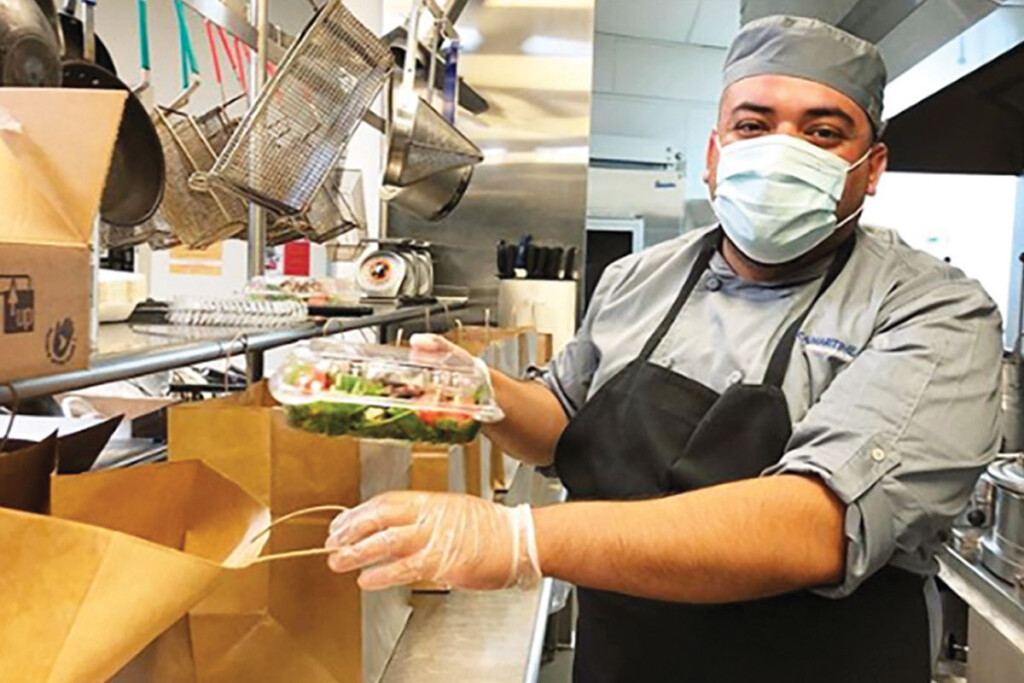
Photo courtesy of California State University Maritime Academy.
Trends + Innovations
With the Centers for Disease Control and Prevention’s COVID-19 safety guidelines to avoid self-service, operators are replacing it with a combination of carryout, prepackaged grab-and-go and staff-served dishes offered in dining rooms with limited capacities to allow for social distancing.
» “Grab-and-go convenience and sustainability were big trends prior to the pandemic,” Fenner says. “Grab-and-go is now a necessity. Sustainability is still important, but taking a backseat to safety in the near term.” Using compostable carryout materials is an innovative way to satisfy both.
» Some operators are getting creative to safely offer the customization students have come to expect. For example, University of Massachusetts Amherst is setting up staff-served service lines in outdoor tents where students can still customize their meal before taking it to-go.
» Campuses will be relying even more on mobile apps for everything from preordering carryout to scanning meal plan IDs. University of Michigan, for example, will require students to make reservations online for indoor dining this school year. “Other technology, such as contactless kiosks for remote ordering, RFID to monitor servery or dining room capacity limits, or robots to facilitate delivery might be utilized as well,” Lawler says.
» To preserve value and access for students, H. David Porter, CEO and president of Porter Khouw Consulting, has suggested that his higher-ed clients expand delivery. “What I propose is to consider keeping your unlimited meal plan and have a 24/7 ghost kitchen where … students can order food and have it delivered to their residence on campus,” he says.
» Other offerings emulate a much-craved social experience. “How cool would it be to pick up a limited-edition microwavable s’mores kit and then be invited to a Zoom call featuring someone reading campfire stories and an interactive sing-along?” says Tom Post, CEO of universities for Sodexo North America. “The possibility to reinvent the student experience is only limited by our own creativity.”
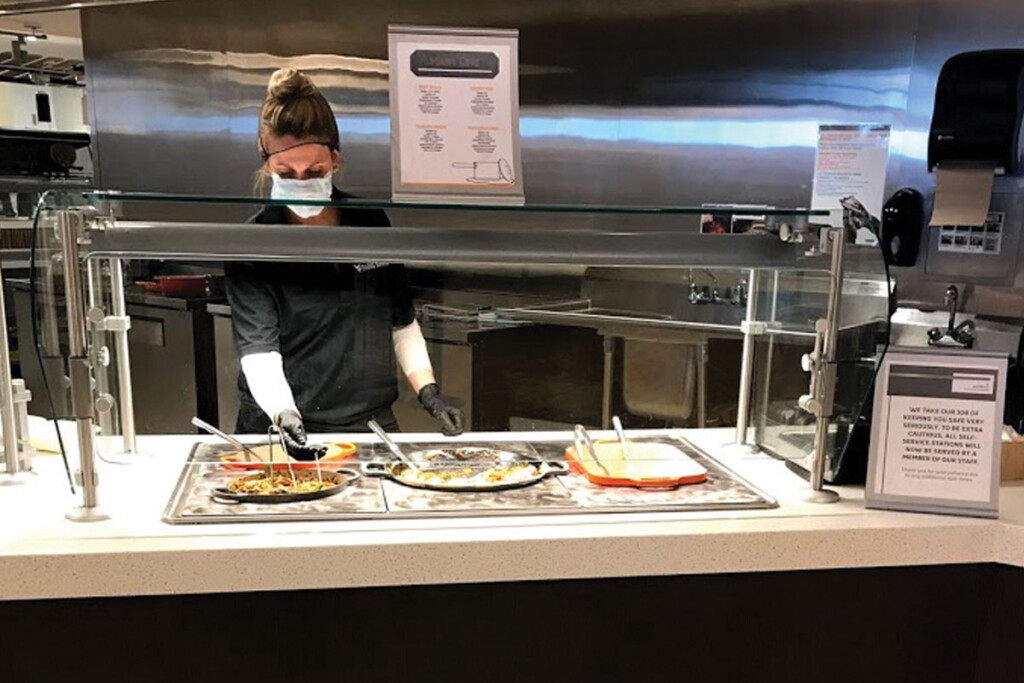
Photo courtesy of West Virginia University.
Schools Snapshot
47% of students say they visit restaurants off campus more on the weekends than weekdays.1
67% of colleges are planning to operate classes in person this fall.2
78% of C&U dining departments in an April NACUFS poll said they are exploring discontinuing or modifying self-service at all locations.3
30% of C&U dining departments polled by NACUFS said they are exploring extended mealtimes when students return.3
80% of colleges and universities polled are looking to add online ordering with pickup; 41% were looking to offer it with delivery as well as a reservation-type system for mealtimes.3
Sources:
1 Technomic, 2019
2 The Chronicle of Higher Education, 2020
3 The National Association of College & University Food Services member poll, April 2020
RELATED CONTENT
- Advertisement -
- Advertisement -
- Advertisement -
- Advertisement -
TRENDING NOW
- Advertisement -
- Advertisement -

